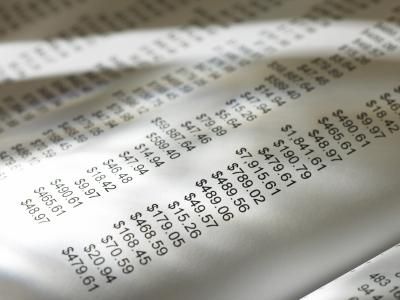An event is a collection of possible outcomes. For example, the act of dolling a dice is an event. The collection of possible outcomes is that you will roll a…
read moreThe wave is a new concept for most students. When there is only one wave, you only need to worry about four things: wavelength, frequency, amplitude and velocity. Wavelength is…
read moreThere are four important rules you must always remember when solving questions dealing with exponents. Rule One: When you multiply two exponents with the same base, add the exponents. Examples…
read moreMacromolecules are any molecules which contain a very large number of atoms. There are four main classifications of macromolecules: carbohydrates, lipids, nucleic acids, and proteins. Carbohydrates Carbohydrates are organic…
read moreA ratio is a simplified comparison between two or more components. For example, if a person A, and a person B is going to start a business. They don’t know…
read moreSpecific patterns of certain elemental characteristics are present in the periodic table. The tendencies of these patterns increase or decrease as you move along the columns and rows of the…
read moreThe Pythagorean Theorem relates the lengths of the three sides of any right angle triangle. The two sides of the triangle that meet at the right angle are normally labelled…
read moreMean, median and mode are three types of questions that may be asked on the SAT and are great way to sort data for statistics and probability. The mean is…
read moreConics is the study of the graphs of ellipse, parabola, and hyperbola. The reason that these graphs are under the broad title of Conics is that you can obtain them…
read moreDNA replication is the process in which DNA is duplicated. This important process happens before the cell divides. In eukaryotes, replication takes place in the nucleus, whereas in prokaryotes, it…
read more










